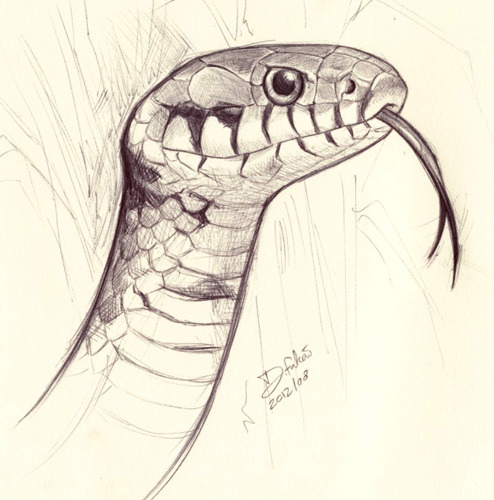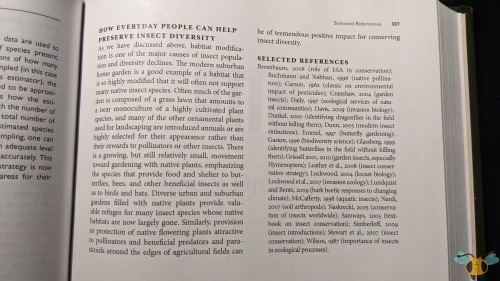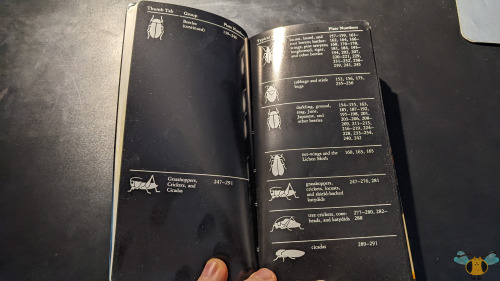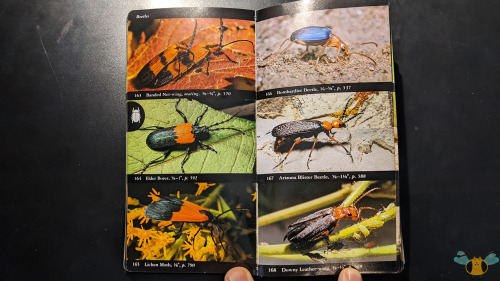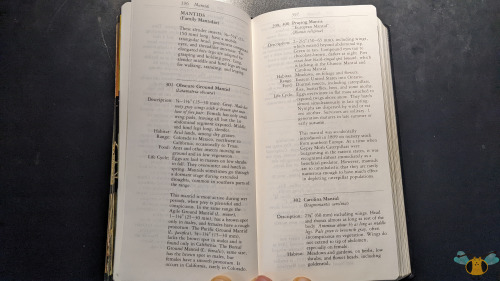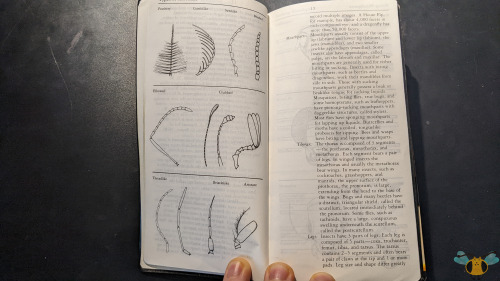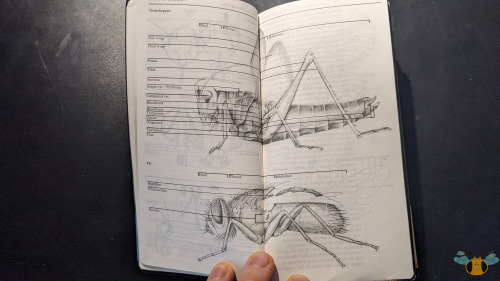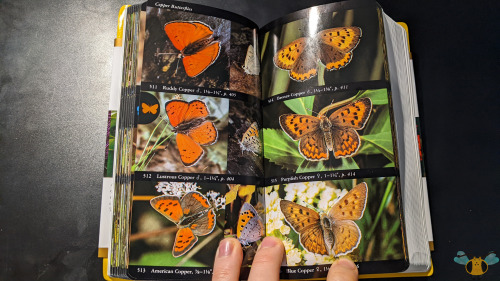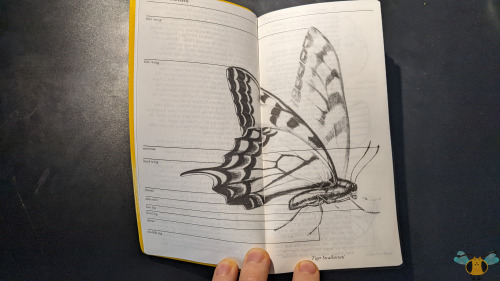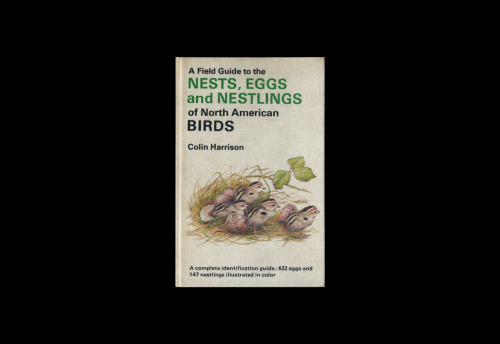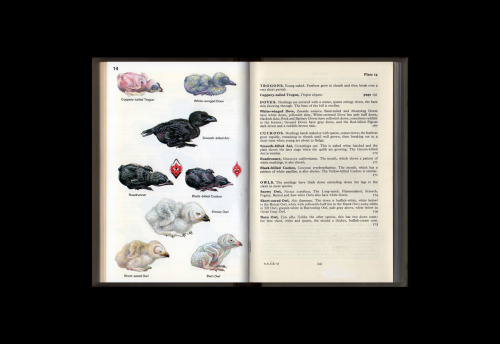#field guide
iiiiiiiiit’s deerclops time! Coming to smash your base, along with your hopes and dreams

fantasy animal field guide page!
Bothrops jararaca. Bic.
I am doing sketch requests for 5 and 15$ patrons, every 3 or 1 months respectively.
So if you wish, go take a looks at this page
I wish to thank my Patrons for supporting my work. Thanks to you guys I’m continuing doing these XD
Post link
Old pictures done in 2012 I think
Been a long time. That snake there was one of my first attempts with shading using bic. insanely different from today X_X and quite proud of the top pic as well.
I am doing sketch requests for 5 and 15$ patrons, every 3 or 1 months respectively.
So if you wish, go take a looks at this page
I wish to thank my Patrons for supporting my work. Thanks to you guys I’m continuing doing these XD
Post link
Daly and Doyen’s Introduction to Insect Biology and Diversity 3rd Edition, James Whitfield and Alexander Purcell III
One more little bit of literature to share, and then next week I’ll return to the regular scheduling of sharing insect photos. Yeah, wasn’t really planning for this type of showcase, but it’s worth it to show you (dear reader) what helps me identify insects. This is my textbook from my time at the University of Toronto. Though pricey, it was handy during my time in Insect Biology and was a great asset to getting my bug box ready for the end of the term. Unlike the previous 2 guidebooks, this one is far more technical when it comes to insect identification. This is definitely for the best since identification of tiny organisms requires examination of the tiniest of details. You’d need a dissection microscope to get your money’s worth, more on that later. For now, the knowledge in this book is wonderful. While most of the book is in black and white, colored pictures (like 5 and 6) are used to highlight the fundamentals of the insect world without becoming too technical. It is a textbook after, so you can expected detailed outlines of insects, their systems, their ways of life, habits, locomotion, ecosystem roles and everything in between. The diagrams on Pictures 2-4 are some examples. The insect education is thorough and easy to understand, but when it comes to insect identification, this textbook is extremely thorough. Follow along using Pictures 8 and 9 as examples.
By thoroughly examining a specimen up close and knowing what to look for, an insect can be sorted and classified all the way down the genus, if not the specie if you’re sure. The guide explains exactly what to look for to confirm. You start from the very top of the order and work your way down as your become more familiar with your insect, eventually discovering what it is. The guide outlines what details or structures to focus on, and rules out other insects based on your findings. Now, it’s not completely bulletproof as insects do have variability and there can be wiggle room for interpretation, especially when multiple people are looking at one microscope. One story I have was when I was examining a Bee and trying to determine its family. Since its face was coated in hairs, I couldn’t see the lines on its face. After “shaving” the Bee with an insect pin (not the point), the lines were visible but even with 4+ people looking at the specimen, still no avail. In the end, my professor settled on Andrenidae Bee as the family and wouldn’t mark me down for it. Mining Bees can certainly be a challenge, which is to say nothing of smaller insects. Perhaps we can count that as an anomaly since the organization schema worked perfectly for everything else.
Do I recommend you get this textbook however? Maybe. It’s a little big and technical to bring outside on bug hunts, so the Audubon Guides would do otherwise. If you like insects and would appreciate a comprehensive education tour de force on them, plus technical look at them that doesn’t go into a more research-heavy focus, sure! But it is introductory material (and that can only get you so far). As well, there is a new edition available now (from 2021) so that may be worth checking out instead. For me though, I’m happy with this textbook and am glad to have it as a resource for this blog. Either way, I’d never part with it either as it’s been autographed by one of my most dear friends. You can check out her blog here. She’s just gotten her Doctorate, and I’m so proud of her!
Ally, this post is for you. Thank you!
Post link
National Audubon Society Field Guide to North American Insects and Spiders, by Lorus Milne and Margery Milne
With a new primary identification resource (the NAS Butterfly Field Guide) explained last week, it seems right to also share the field guide that I’ve relied on for many years for insect identification. It’s always with me when I go looking for insects and it’s always my starting point when looking to identify a new insect from a photo. Plus, it’s good for a read if your curiosity on an insect or insect family is piqued. It’s organized beautifully and is nearly 1000 pages of insect goodness! Towards the end, the guide contains a few pages on arachnids too. Notably spiders, but it also mentions some small creatures and scorpion-like creatures too. We’re all about insects here though. Like the Butterfly Field Guide, this book focuses on North American insects (and it can’t cover all of them) and describes them in detail using the photography and detailed descriptions within the text section. For example, underneath the pictures of the Mantids (Picture 6), it directs the reader to pages 396-398 which briefly describes a few species with their behaviors, ranges, diets and even their life cycle! If you look closely at the photography sections from the book, you may notice something strange is afoot: some of the insects in the section aren’t like the others.
The field guide includes some insect mimics within the section of the insects that they mimic. For instance the Mantidfly (a Neuropteran) hidden among the Mantids. What others can you find? I like the insect orders organized, but I can appreciate that those just beginning to learn about insects may appreciate the grouping. Also included in the guide are illustrations and diagrams on the bodies of the many different insect orders. Special attention is also called to their heads, mouthparts, wings, antennae, legs and other notable features. It’s a handy glossary if you need to know the difference between a tarsus and a trochanter (parts of the leg). Handy is probably the best word describe it, though as much as I love the book, I do feel it may need a revision soon. Not quite an overhaul, but lots of small additions here and there would begin to add up. The world of insects is in constant research and examination, and with that many changes are born and the field guide should reflect this. For example: some of the scientific names have changed, new observations are discovered, the former Isoptera order (termites) is now folded into the order Blattodea (Roaches), more insects could be added to the pages (the Black-Legged Meadow Katydid is a noticeable missing insect to me), True Bugs could be reorganized.
Just suggestions, but I’d look forward to anything that follows. Until that day, I very much recommend this field guide and will continue to carry it with me when I go exploring. For more information, check the guidebooks directly at the NAS webpage.
Post link
National Audubon Society Field Guide to North American Butterflies, by Robert Michael Pyle
It may be April Fool’s Day today, but I assure you this is no joke. I’m happy to announce that I’ll be using another field guide to help with insect identification. Previously I only had the Insect and Spiders Guide (also the Rocks & Minerals and Reptiles & Amphibians guides), but this book just arrived today. I’ll be looking through it in depth, but having just briefly looked through its contents, it’ll be a big help. For those not familiar with Audubon Society Field Guides, the books are structured to make identification relatively easy. The Butterflies are sorted into their family groups, each section accompanied by a silhouette of a typical specimen. In each section are wonderful photographs of Butterflies out in the field (some have 2 pictures since the top and bottom of the wing can feature different colors or patterns), their common name and a page number. The page number is used to locate the description of the insect in the back of the guide. For example: In Picture 6 the Desert Swallowtail says, p. 329. Scrolling to that page you can find pointers identification, range, behaviors and other facts. Since the guidebook it covers all of North America, there’s bound to be a few species I’ll never see (and even a few species not in the book), but it’ll be fun to learn about them nonetheless. I’m looking forward to using this book in between insect hunts to figure out the identities of some more peculiar Lepidopterans!
Since this is a Butterfly guide, there are no pictures of Moths, but there are descriptions of Caterpillars,Chrysalids and eggs. And since Skippers are Butterflies, you’ll find them here too. Me personally, I’d like to see an Audubon guide to North American Beetles given the sheer variety of Beetles out there. For more information, check the guidebooks directly at the NAS webpage.
Post link
230. Dorst, Jean. Dandelot, Pierre. A Field Guide to the Larger Mammals of Africa. London: Collins, 1983.
Post link




